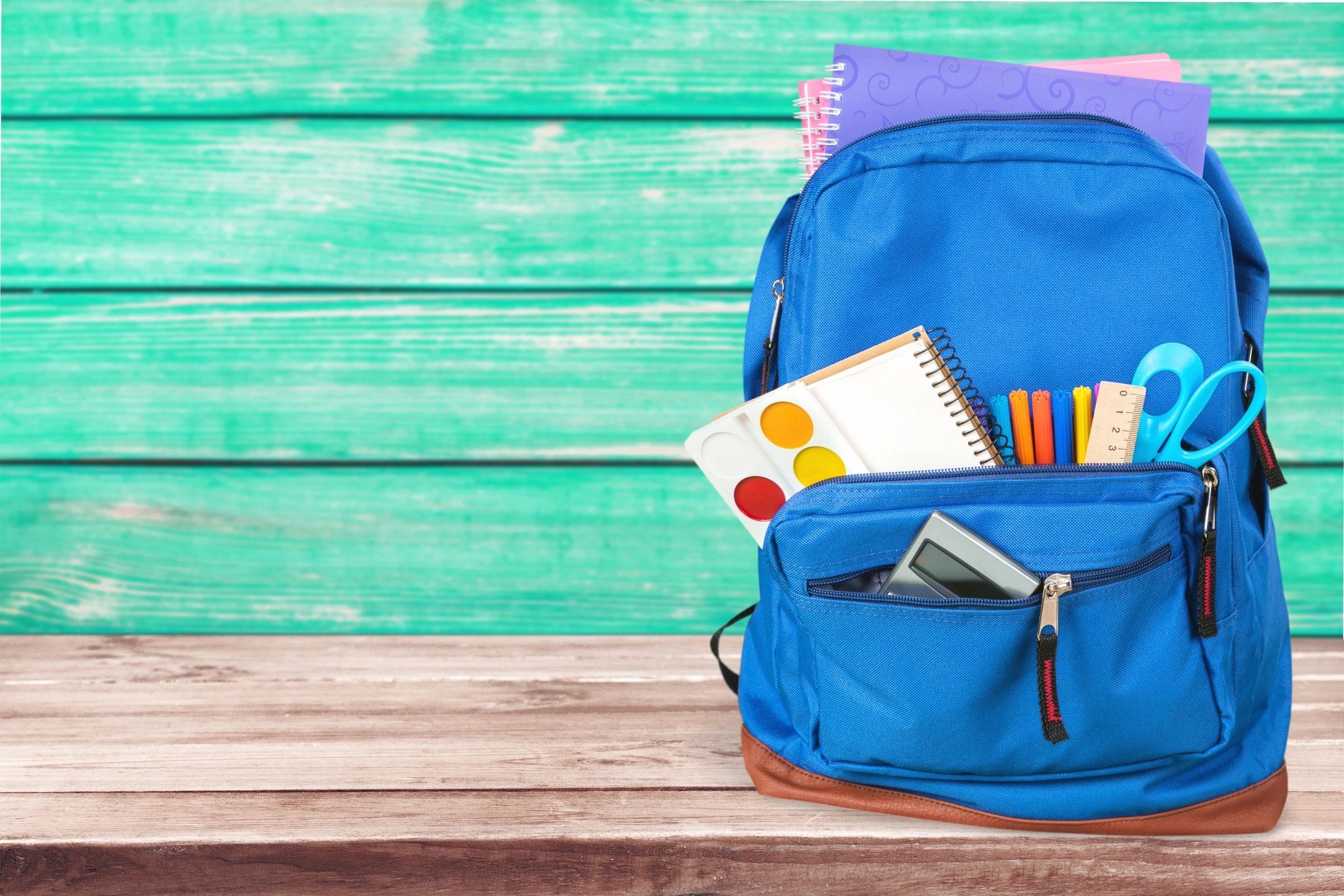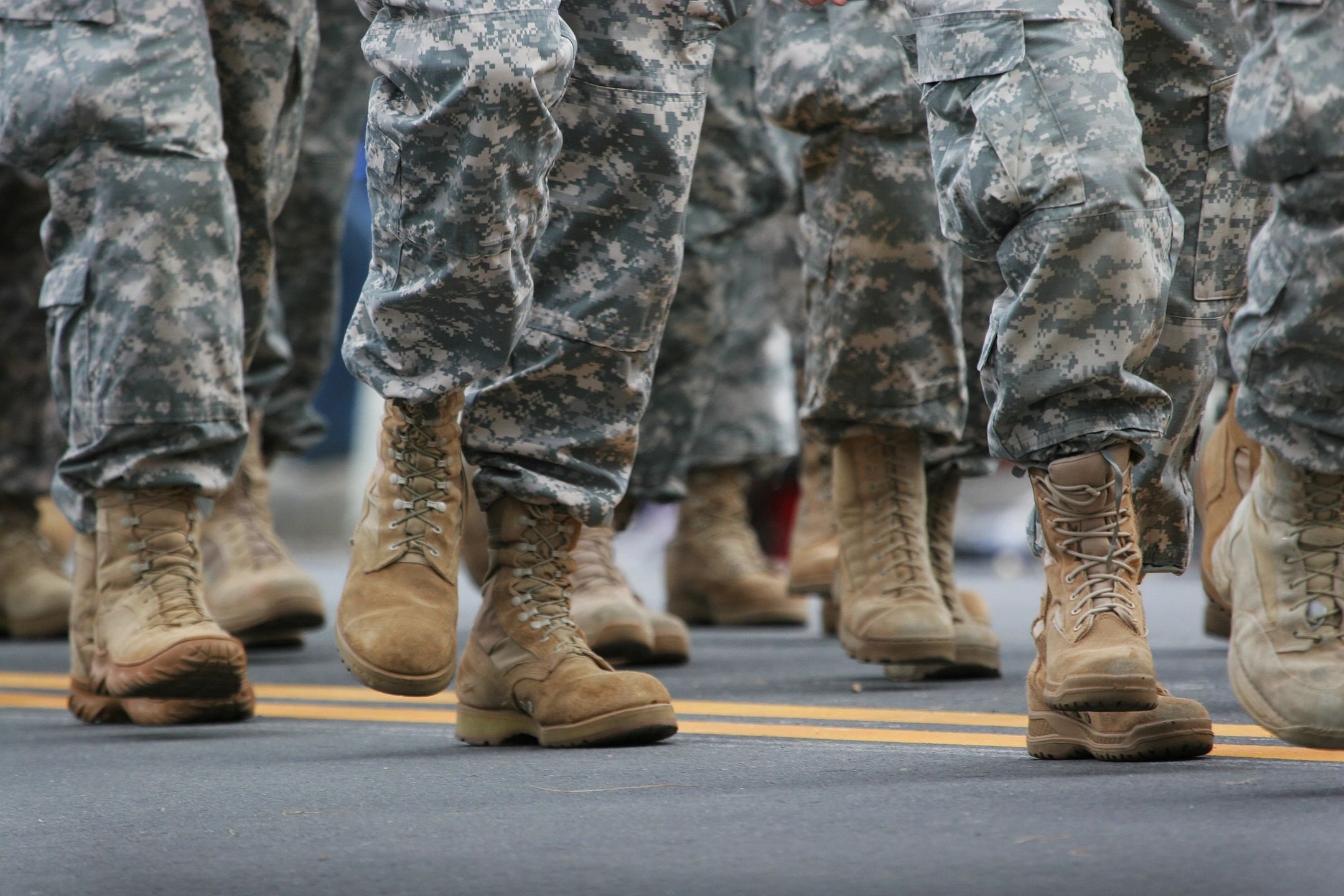Written for print magazine in 2022
A Growing Problem in Our Schools
Between navigating classes, complex social lives, and the added pressures of growing up, high school can be difficult for students to cope with, even at the best of times. When they find themselves struggling with their mental health, it can feel almost impossible. According to a study by the CDC, one in three high school students in the United States experienced feelings of sadness or hopelessness in 2019. That is a 40% increase since the study began in 2009. Even more alarmingly, the same study found that one in six students had gone so far as to make a suicide plan in the past year1.
More recently, the onslaught of COVID-19 and two years of constant strain, fear, and uncertainty has led to a worsening mental health crisis within our schools. While there is no easy solution to this problem, it is worth taking a moment to acknowledge the incredible efforts of so many teachers, who are doing everything within their power to help their students, not just academically, but emotionally, as well.
This year, in celebration of Teacher Appreciation Week, we’re telling the story of one of the teachers that has gone above and beyond the call of duty to make a tangible impact on the lives and ongoing mental health of her students.
Meet Erin Castillo
Erin Castillo, an English special education and peer counseling teacher in Fremont, California, is just one example of an outstanding teacher going the extra mile for her students. For a long time, Castillo suspected that members of her class were silently struggling, without knowing how to express their feelings or who to talk to about their mental health concerns. Then she came up with an idea: an elegant solution, which would give even the students who were having the hardest time a chance to open up. At the front of her classroom, Castillo hung a mental health check-in chart.
The way the chart works is simple. When they enter the room, students write their names on the back of sticky notes then attach those notes to the chart under a series of categories. These categories include: “I’m great,” “I’m okay,” “I’m meh,” “I’m struggling,” “I’m having a hard time and wouldn’t mind a check-in,” and “I’m in a really dark place.” Since their names are written on the underside of the notes, the chart preserves an element of anonymity, allowing students to freely express their current state of mind.
Over the course of the class, Castillo discretely checks up on any students who reported either having a hard time or being in a dark place. Given the circumstances, she can also suggest when students might want to have a conversation with a school counselor.
“It has worked really well,” Castillo said. “It’s made it so much easier for kids to talk to me. For students, it can be scary and daunting to share emotions and ask someone to help them. But now it’s not so scary.”3
Castillo’s influence on her students’ mental health goes beyond just the check-in chart. She has gone out of her way to fill her classroom with positive messaging, and to open up the larger conversation about mental health, turning what is sometimes thought of as a taboo topic into something that students are better equipped to engage with. The results have been remarkable.
“I feel empowered,” Simone Dawkins, one of Castillo’s students, said in an interview. “It makes such a difference to know that on your darkest day, people care about you and love you.”3
Since the social aspect of high school can often be just as, if not more, impactful to students than the classes themselves, Castillo realized that re-enforcing positive mental health practices can’t only come from teachers and counselors. The students, themselves, have their own part to play in the effort. That is why Castillo set aside an “affirmation station” where students are encouraged to write compliments to one another.4
Through a combination of all of these different strategies, Castillo hopes to make her classroom a place where students feel comfortable asking questions, having conversations, and receiving support for any mental health issues that they are experiencing.
Global Impact
After posting a picture of her mental health check-in chart on Instagram in 2019, Castillo’s post went viral. She was interviewed by both Good Morning America and CBS News, and other teachers from as far away as New Zealand and South Africa reported implementing their own mental health check-in charts in their classrooms.
To make things easier on other teachers who want to give her system a try, Castillo has made her original check-in chart design available for free download.
Sources:
2. Special education teacher’s “mental health check in” for students inspires other educators
3. Erin Castillo’s Student Check-in Chart
4. Teacher uses affirmation station, check-in chart to help students’ mental




